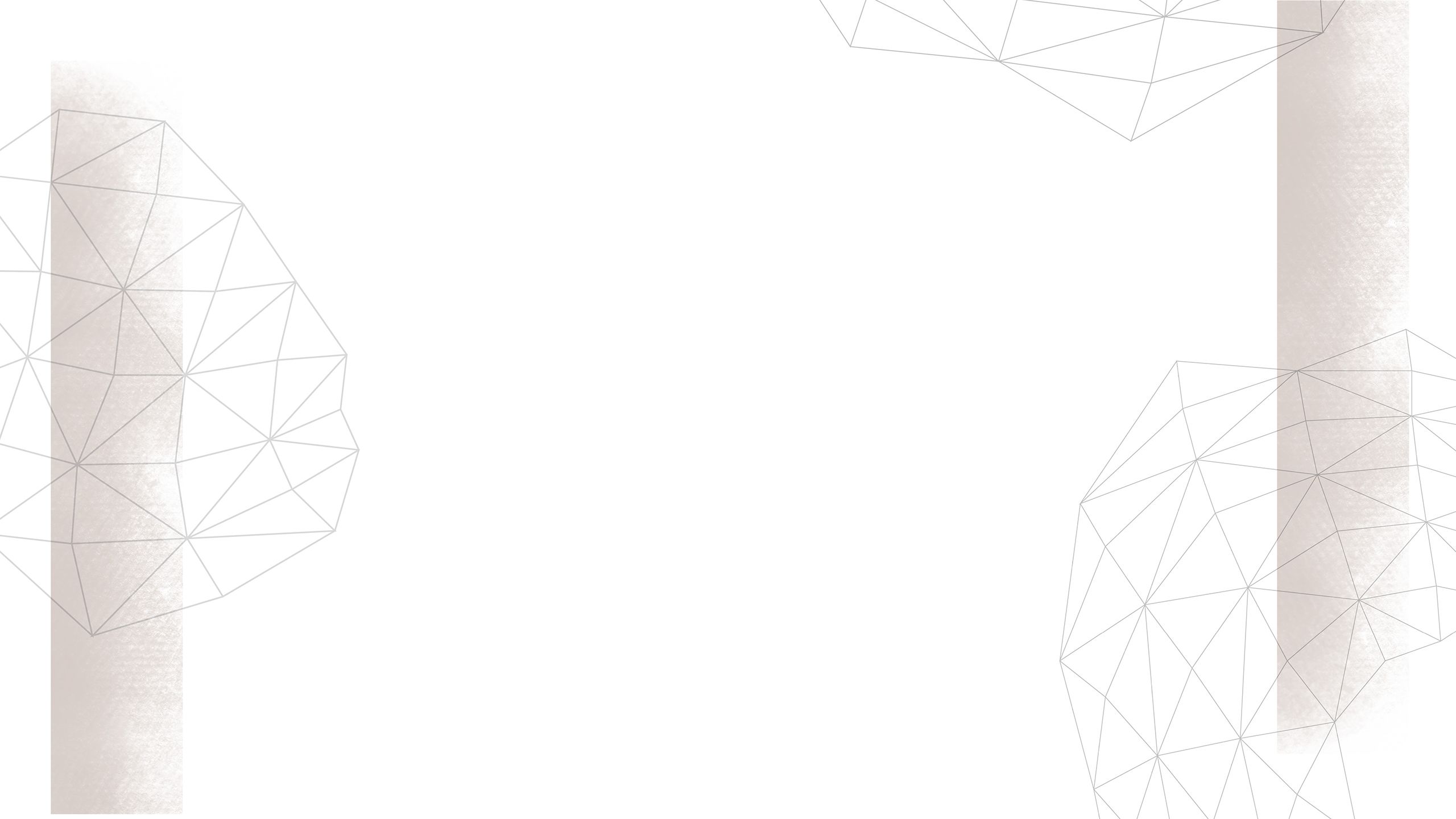I’m Still Me
Paul Bartlett

About Paul
Portrait of Paul by Sarah Morley (oil on canvas) 42 x 59 cm
Portrait of Paul by Sarah Morley (oil on canvas) 42 x 59 cm
I am a Chief Maxillofacial Prosthetist at Leeds Teaching Hospitals NHS Trust. I have been working in this area since 1979 and I have been at Leeds Dental Institute for over 45 years.
Until a few years ago, I was the only Maxillofacial Prosthetist working here. It’s been a great career and this interview is taking place on my very last day as today I retire. My role has involved making maxillofacial prostheses for patients which includes facial prostheses (which replace ears, noses or eyes) as well as other custom-made devices like titanium skull plates.
The patients I see have usually had trauma, cancer or congenital conditions; though the vast majority have had cancer. When I first started aged 21, I made very few facial prostheses at first – I mainly made splints for broken jaws. It probably took a good 10 years of experience before becoming proficient at making facial prostheses.
Paul’s work

I can create a facial prosthesis in around four patient visits which are usually arranged one week apart. It can take longer to get it right depending upon how complex the prosthesis is and if you have to redo any stages. There is also a lot of work that happens in the laboratory in between those patient appointments.
When I first see the patient, I make a facial impression. The impression material we use can be quite heavy which means it can distort facial features. Patients can find it gets warm and may feel claustrophobic. After I’ve made the impression, I pour a stone model and then I carve the prosthesis in wax which can take me around four or five days.
I tend to sculpt it for a couple of hours, leave it alone, come back to it the next day, and carve it some more; it probably takes about four or five hours of carving in total. Sculpting an ear can be fairly easy as you can take an impression of the opposite ear to guide the process. Noses are much more difficult because if there are no previous records, it can be pure guesswork. For orbital prostheses, if you get the eye in the wrong place, it’s virtually a restart, so using CT scan data can be helpful to position the eye.
Once the patient is happy with the wax pattern, the next step is to colour match the silicone material whilst the patient is in the chair. I used to do this by eye, but we have a machine now that matches the colours, a bit like a paint machine. Once the silicone has been colour matched, I put the silicone into the mould. It’s then virtually ready apart from adding detail or extrinsic colouring which I do at a later stage.
The IMPRESSeD study

The maxillofacial world is moving forwards with facial scanning and digital technology.
Over the past couple of years, I worked on the IMPRESSeD study which evaluated the use of digital technologies for making facial prostheses. 3D scanning might make processes more comfortable for patients, provides information with the patient’s eyes open, and it won’t deflect the tissues like the weight of an impression.
Computer-aided design could help save time, aid positioning of eyes and facial features, and provide a starting point for design. This might take a bit of the artistic component away which could be helpful for Maxillofacial Prosthetists who are new to this field. Even with digital technology though, Maxillofacial Prosthetists still need to adapt it for each patient and add the finer details, as 3D technology isn’t perfect.
Now I’m retiring, I won’t have to do 3D scanning and digital technology – this would involve using a computer and being more up-to-date with technology than I am. I am old school and I have always worked more manually.
When you fit a prosthesis for a patient it can go two ways; they either like them or they don’t. If a patient likes the prosthesis, it’s the best job in the world. Nobody wants to need a prosthesis but if a facial part is missing then a prosthesis can help people to look and feel more normal.
Some of my patients think they are great and say they can’t or won’t go out of the house without their prostheses. Not everyone wants one though. I’ve made eye prostheses for some patients who have said, “They’re not honest enough. I’d rather just wear a patch” and I can understand that.
Tell us what you think
We would value your views on the I’m Still Me project.
Please take a few moments to complete our feedback form.
